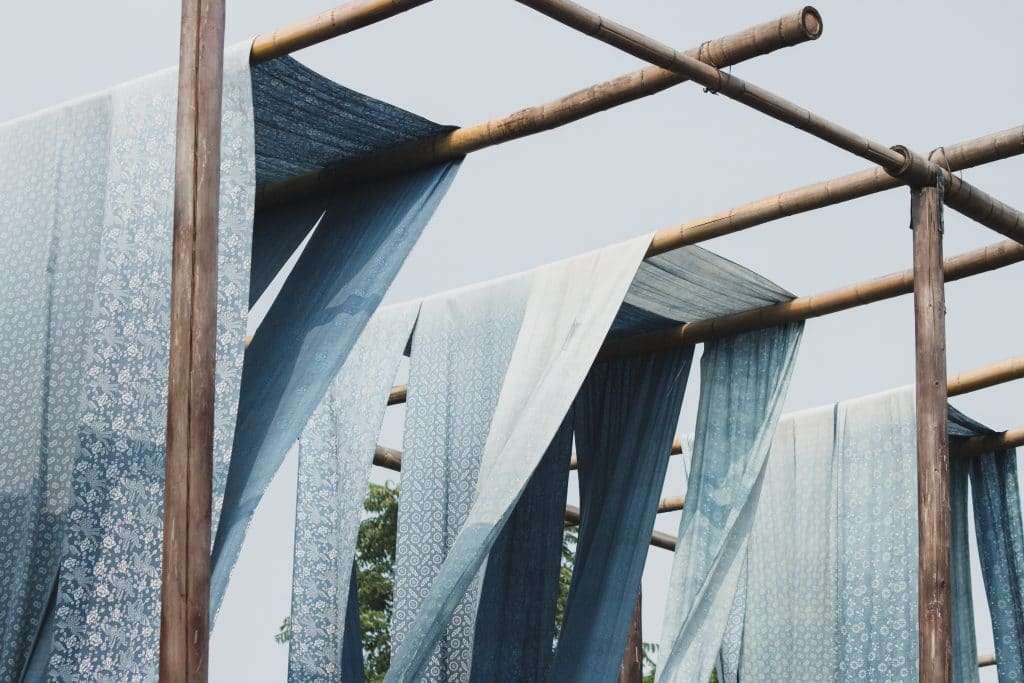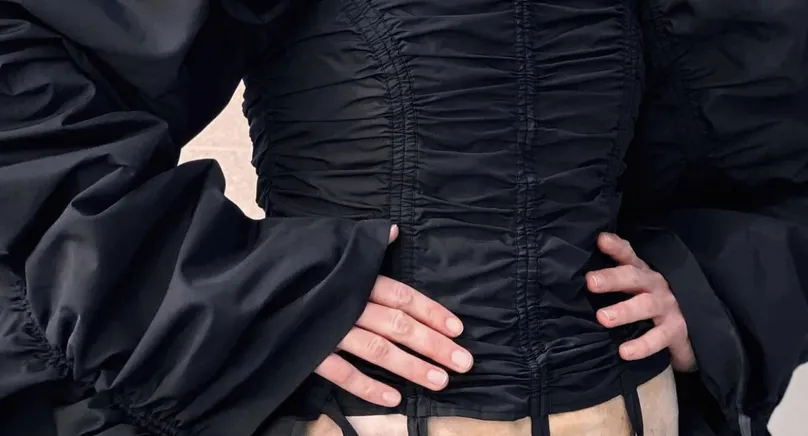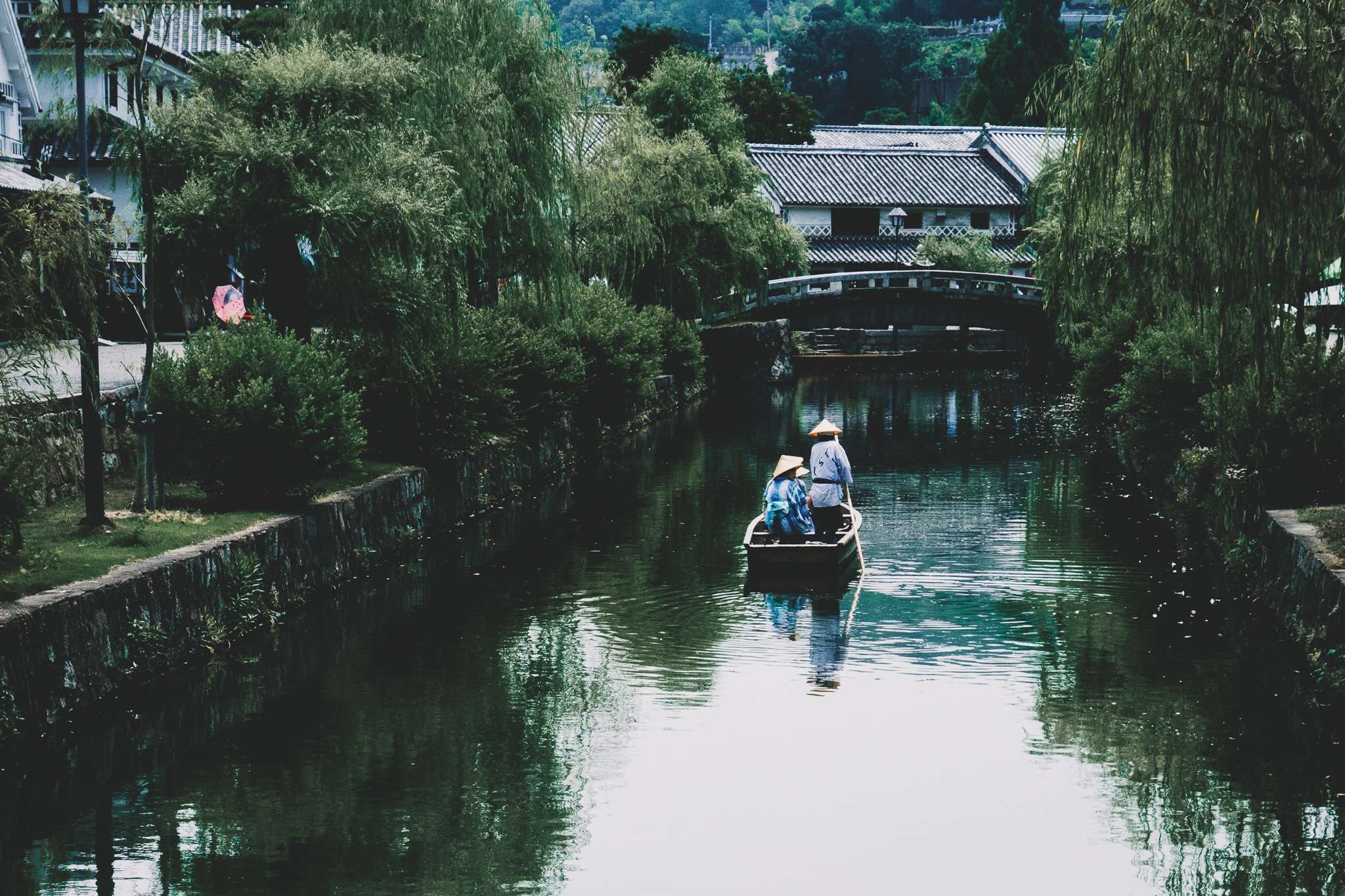Textile dyeing and finishing produce toxic fumes, pollute wastewater, and create carbon emissions. U.K.-based Alchemie Technology says it can change that.
In January 2022, while covid deaths still dominated the news cycle, six deaths went largely unreported in the U.S. They were workers at a fabric dyeing plant in Gujarat, India. The culprit was toxic gas, a result of the illegal dumping of waste chemicals that killed six and saw 22 others hospitalized.
The tragedy may be the extreme example, but illness due to chemical exposures are not uncommon — an unfortunate byproduct of a system built on toxic substances that put human health and the planet at risk.
A study published in 2016 in the Journal of Occupational Medicine and Toxicology found higher incidences of certain types of cancer, including bladder and lung, amongst textile workers.
“The textile industry workers are exposed to a number of chemicals including dyes, solvents, optical brighteners, finishing agents and numerous types of natural and synthetic fibre dusts which affect their health,” the researchers wrote.

Textile dyeing and finishing are big problems for the climate, too. They produce 3 percent of global CO2 emissions, a number expected to increase by 10 percent by 2035.
The industry is also the second leading producer of wastewater, producing 20 percent of global water pollution. The fashion industry uses around 1.5 trillion liters of water annually.
It’s an issue leading fashion brands have become increasingly more concerned about. Ralph Lauren has put a significant effort behind waterless dyeing, and Kering and Adidas are behind a consortium aimed at tackling the fashion industry’s wastewater issues.
Alchemie Technology
Dr. Alan Hudd, founder of Alchemie Technology, says he has a solution to the fashion industry’s textile dyeing issue.
The U.K.-based startup, which he launched in 2014, has created a digital, waterless dyeing system called Endeavour. Already commercially available, the technology is now heading to Taiwan to kickstart the sustainable dyeing process in Asia, which produces most of the world’s textiles.
Dr. Hudd is a scientist to his core. With a Ph.D. from Manchester University in Polymer Chemistry, he worked in the Ministry of Defence and Royal Ordnance developing rocket propellants for air-to-air missiles and launched a world-leading inkjet developer and solutions provider. But it’s his passion for sustainability and fixing the global textiles industry, that’s behind Alchemie Technology.

The technology developed by Dr. Hudd reduces water usage by 95 percent, produces no wastewater, reduces energy use by 85 percent, and perhaps most notably — it cuts production costs in half. According to Dr. Hudd, just one of Alchemie Technology’s Endeavour machines can replace as many as five traditional dye baths.
“Dyeing and finishing is one of the most polluting industries on the planet — and is also the most polluting and energy-intensive process involved in clothes manufacture,” Dr. Hudd tells Ethos. “The wet processes which dye and finish clothes use huge amounts of water, chemicals, and energy to add dyes and functional finishes to fabrics,” he says.
This process leaves behind excess wastewater which pollutes waterways and rivers. Dr. Hudd estimates that producing just 1 kg of textiles requires 0.58 kg of various chemicals and that more than 8,000 chemicals are used in the various textile manufacturing processes. These include dyes, oils, starch, waxes, surfactants, flame retardants, dirt and water repellents, and biocides to reduce bacteria or mold growth, he says.
Like Impossible burgers are transforming the protein industry, Alchemie’s sustainable dyeing and finishing technology are set to transform the fashion industry.
Sustainable fabric dyeing
“The key innovation underpinning Alchemie’s work is advanced high-performance jetting technology which penetrates nano-droplets of dye deep into the textile fibers,” Dr. Hudd says.
The independently controlled jetting nozzle system allows targeted application during finishing, reducing chemical and energy use.
“There is no point in immersing a whole fabric in chemistry when it is only needed on one side of a fabric such as the outer layer of a garment,” says Dr. Hudd.
“The Endeavour is currently compatible with polyester fabric and a cotton dyeing solution is currently under development,” he says.

The solutions couldn’t come at a better time. Greenhouse gas emissions just from textile dyeing account for more emissions than the aviation and shipping industries combined.
But the impact of chemicals extends far beyond just emissions.
“The World Bank has identified 72 toxic chemicals that stem solely from textile dyeing,” Dr. Hudd says. “They can accumulate in waterways, preventing light from penetrating the surface. They break down the process of photosynthesis, lowering oxygen levels in the water, killing aquatic plants and animals. Chemicals also find their way into the food chain and can cause cancer, acute illness, and skin problems. This also affects the garment workers in dyeing factories,” Dr. Hudd says.
The good news, according to Dr. Hudd, is when we fix one of these problems, we fix nearly all of them.
“Alchemie Technology’s mission is to enable the fashion and textile industry to reduce greenhouse gas emissions and bring an end to pollution from textile dyeing and finishing.”
Related on Ethos:


